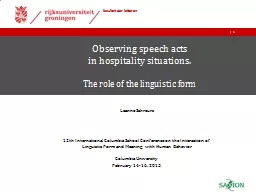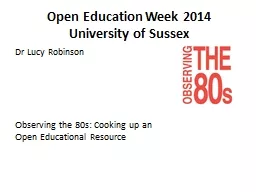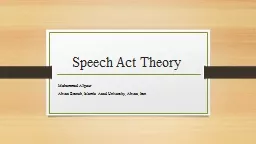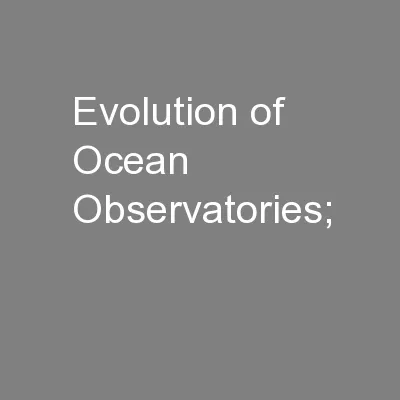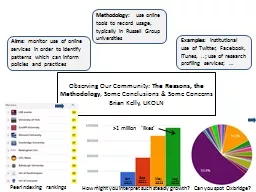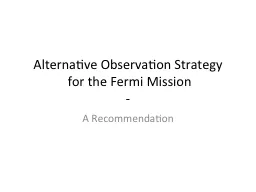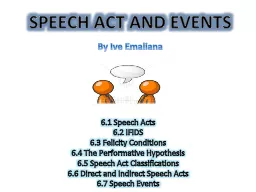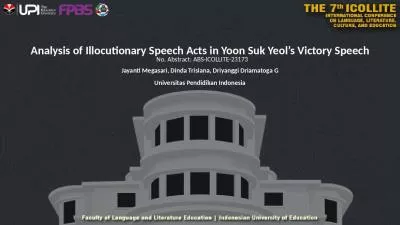PPT-Observing speech acts
Author : pamella-moone | Published Date : 2016-11-17
in hospitality situations The role of the linguistic form 1 Leanne Schreurs 12th International Columbia School Conference on the Interaction of Linguistic Form
Presentation Embed Code
Download Presentation
Download Presentation The PPT/PDF document "Observing speech acts" is the property of its rightful owner. Permission is granted to download and print the materials on this website for personal, non-commercial use only, and to display it on your personal computer provided you do not modify the materials and that you retain all copyright notices contained in the materials. By downloading content from our website, you accept the terms of this agreement.
Observing speech acts: Transcript
Download Rules Of Document
"Observing speech acts"The content belongs to its owner. You may download and print it for personal use, without modification, and keep all copyright notices. By downloading, you agree to these terms.
Related Documents

